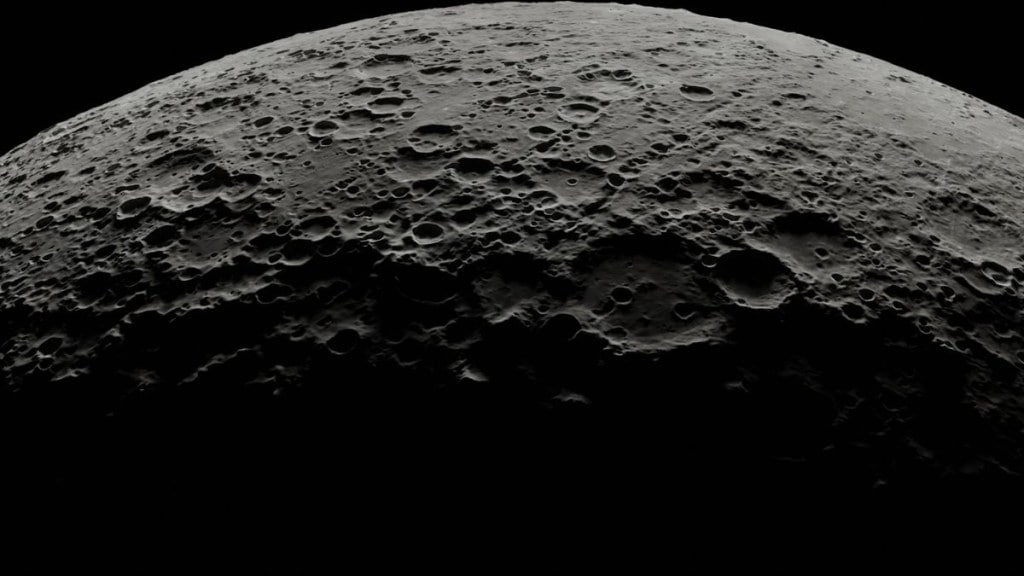Recent research has highlighted an enigmatic phenomenon concerning our Moon. According to the research, the Moon is shrinking gradually. The contraction is a result of the Moon’s cooling interior which is causing the lunar surface to wrinkle. Scientifically referred to as “thrust faults” are bringing a change to the Moon’s topography
As the Moon cools, the surface contracts and the brittle crust breaks. The process causes the formation of cliffs which are known as fault scraps, as one section of crust is pushed up over an adjacent section. These scarps are the proof of the Moon’s active tectonic system some of which are ten meters high.
This phenomenon has raised a matter of concern for future lunar missions. The young scraps that are identified point out that the Moon is still tectonically active. This continuing activity suggests that the next lunar missions for the astronauts could encounter an alien landscape and also potential seismic hazards.
The research paper titled ‘Tectonics and Seismicity of the Lunar South Polar Region’ asserts that the Moon’s surface is actively evolving, undergoing changes over relatively short geological timescales, contrary to its static appearance.
Lead author Thomas R. Watters emphasizes the significance of acknowledging the Moon’s dynamic nature, as reported by CNN.
This dynamic behavior also impacts lunar seismic activity. The Lunar Reconnaissance Orbiter (LRO) imagery suggests that these faults likely generate moonquakes as the Moon continues to cool and contract. Understanding lunar seismic activity is crucial not only for scientific reasons but also for ensuring the safety of future lunar missions and bases.
Planning for lunar outposts or extended missions requires consideration of these tectonic features and moonquakes. Habitat placement, structure design, and landing site selection necessitate detailed geological assessments, accounting for both the current lunar surface state and its potential evolution during a mission.
Furthermore, this newfound understanding of lunar tectonics offers a unique scientific opportunity. The study of fault scarps and moonquakes can provide insights into the Moon’s interior structure and thermal evolution, contributing to our understanding of various celestial bodies, including Earth.
The revelation of the Moon’s shrinking and tectonic activity highlights the dynamic nature of celestial bodies. While posing challenges for future lunar missions, it prompts careful planning and risk assessment. Simultaneously, it unveils avenues for scientific exploration, offering a deeper understanding of our closest celestial neighbor. As humanity prepares to return to the Moon, these findings play a pivotal role in ensuring a safe and informed exploration of the lunar environment.

